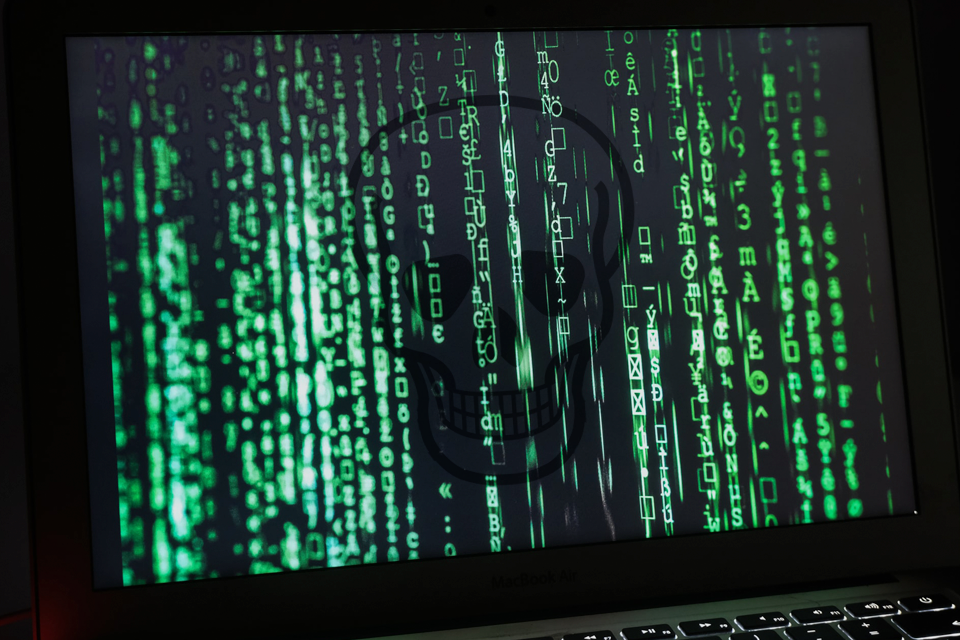Introduction
In recent years, ransomware has become more and more of a threat to businesses of all sizes, from small companies to huge corporations. It’s not only because cybercriminals see the benefit of a payday on top of whatever they can sell stolen files for. The way that ransomware has progressed on the Dark Web now has cybercriminals selling their code to other cybercriminals, for them to employ against the business of their choice.
The Rising Threat of Ransomware
In 2021, ransomware is estimated to have…
- victimized 37% of businesses
- been involved in 1 out of every 10 breaches, twice that of the year before
- cost victims approximately $5.2B in Bitcoin, according to the US Treasury
- driven up the average payment by 82%
- included data leaks in 77% of successful breaches
As 2022 projects a continuation of these trends, ransomware continues to be a prevalent attacker and organizations need a security posture that’s prepared against the increasing likelihood of an attempted ransomware attack.
Ransomware-as-a-Service
RaaS, or ransomware-as-a-service, is one of the reasons that this threat type has risen so drastically. These are effectively packaged code that the Dark Web seller puts up for sometimes as little as $10. These are, of course, very basic codes that will nonetheless infiltrate the target business and launch the ransomware onto their system as intended.
Less affordable options can total over $100, and the very advanced versions go for thousands on the Dark Marketplace. You can imagine the defenses, capabilities and demands of a pricey bit of code like that.
Conclusion
Now that you know you can buy ransomware off the Dark Web for a couple of bucks, you understand the severity of your cyber risk if you don’t have the appropriate defense structures in place. Given that this threat is only expected to grow throughout 2022, staying aware of how cybercriminals acquire and release ransomware will help you avoid becoming a target on a day-to-day basis.
References



